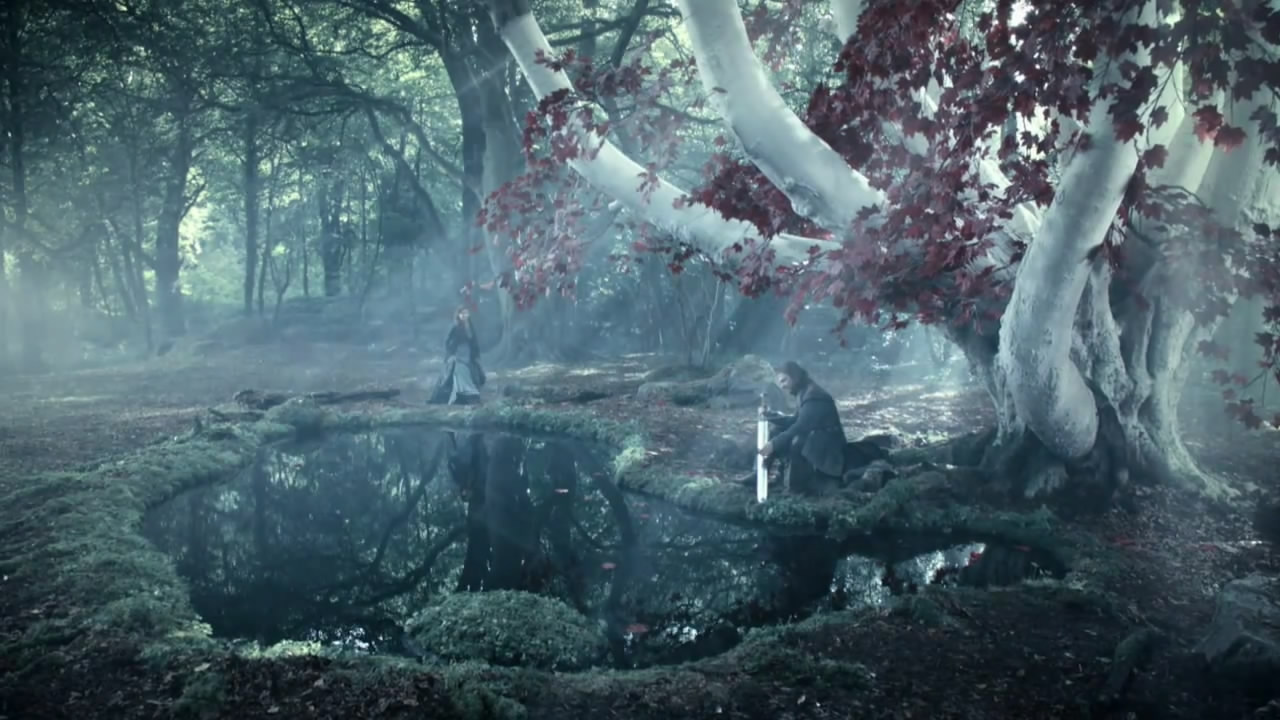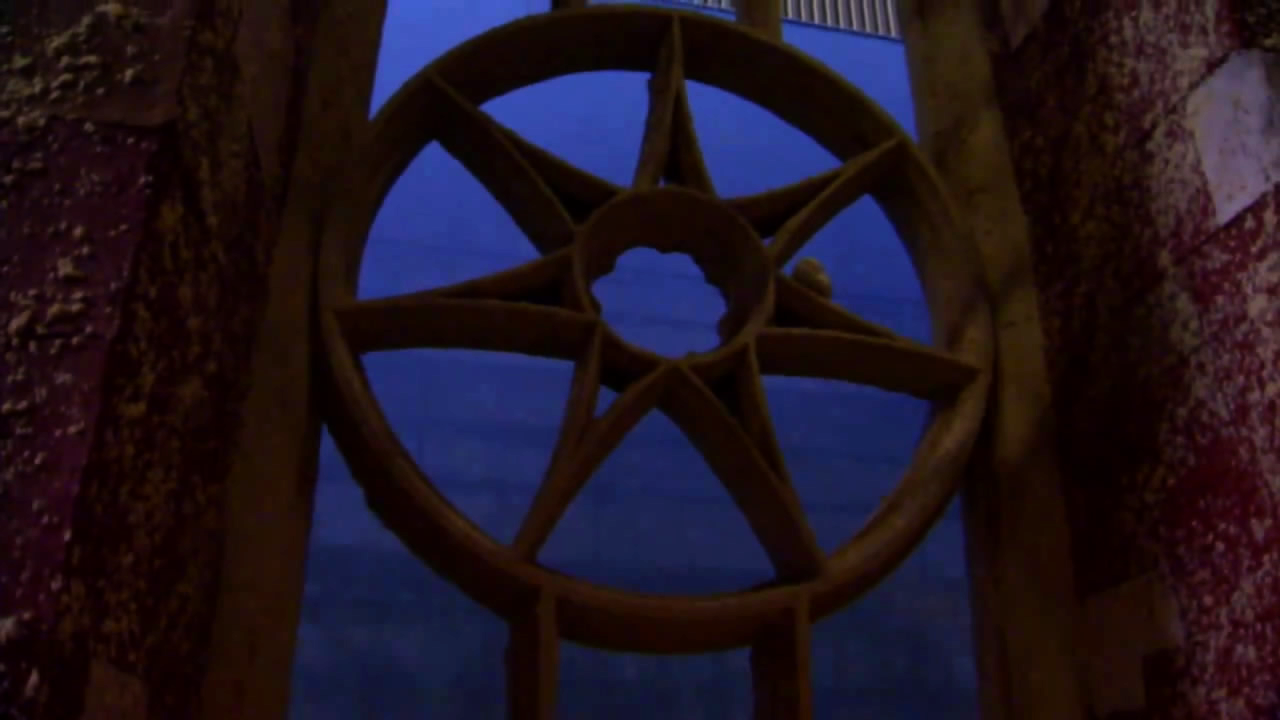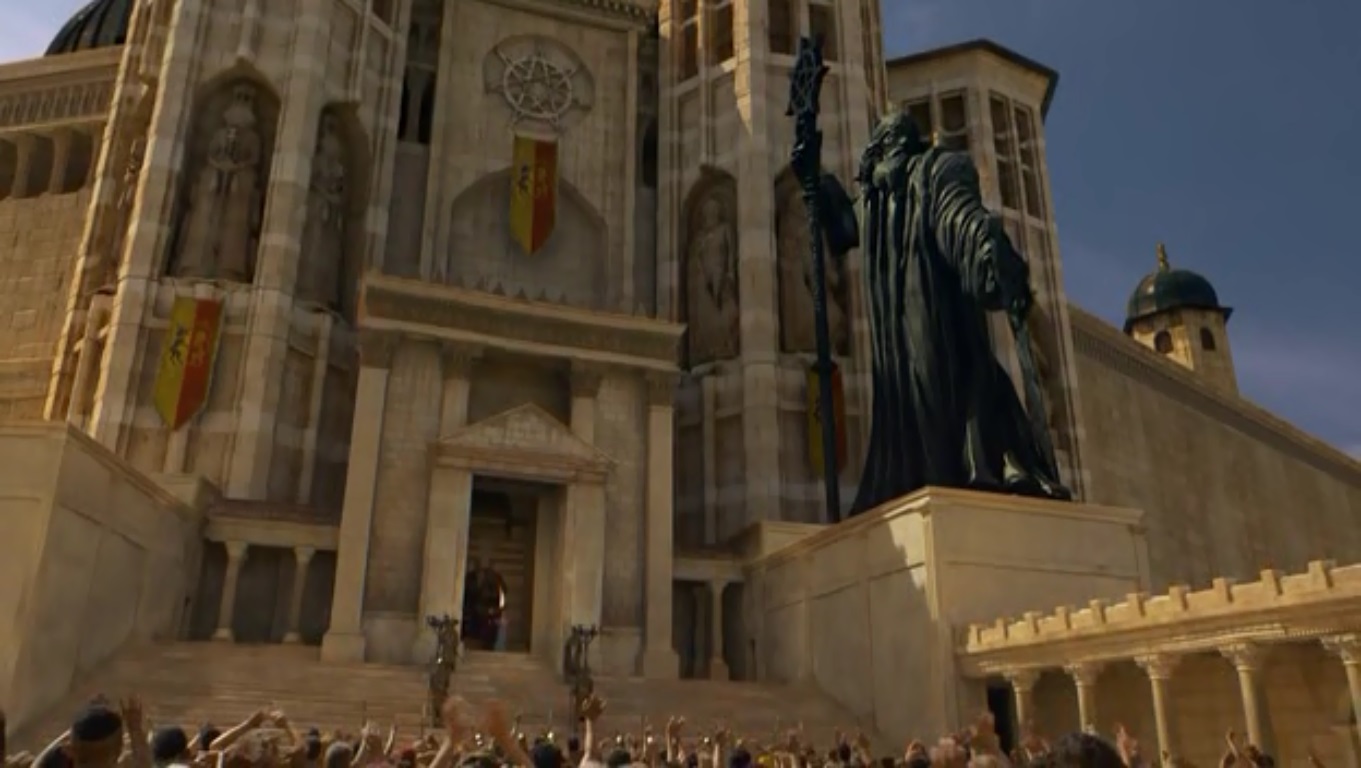While
writing the book series A Song of Ice and Fire, author George R.R Martin
was clear in his intentions. During an
interview with New Jersey monthly (Martin originates from Bayonne New Jersey)
he stated, “…historical fiction, particularly the historical fiction set during
the middle ages, had an excitement to it and a grittiness and a realness to it
that the fantasy novels lacked, even when they were supposedly set during a
quasi-medieval period. I wanted to combine the best of both worlds, to almost
write a historical novel about history that never happened.” By drawing inspiration from factual history,
Martin adds realistic depth to his novels.
Some of the arms, such as wild fire, were inspired by Greek fire used
during the Byzantine Empire. In
addition, several of the characters, such as Eddard Stark and Robert Baratheon,
were drawn by medieval kings Richard the third and Edward the fourth
respectively. However, Martin’s biggest
influence on his novels may have not been in weapons or specific people from
history, but in the grounded religions present in Westeros.
 |
| Old Gods of the Forest |
Though
Martin’s world is vast, there are only a few religions present in his
novels. There are the old gods, who are the
gods of the forest, mountains and streams.
They are the oldest religion in Westeros, worshipedby the magical
children of the forest before the First Men came to the continent and later
adopted the religion. Another is the
faith of the seven, which is the dominant religion in the Seven Kingdoms. Appropriate to its name, the religion is
devised around the number seven, meaning to symbolize the seven facets of its
one god. R’hloor is a faith brought from
the separate continent of Essos. It
holds a black and white view of the world, where R’hllor is the one true god,
and other religions are false idols that must be destroyed. In addition, there are a few minor gods,
such as the Drowned God, the Storm God, the Lady of the Waves, and the Lord of
the Skies.
 |
| Star of the Seven |
All of these religions were created with real world religions in
mind. The old gods are similar to gods
of nomadic peoples. Westeros citizens
treat followers of these gods with disdain, labelling them as archaic. In one regard, this could relate to Judaism
in medieval times, where followers of Christianity viewed the Jewish faith as
outdated. In their eyes, they could not
see why Jews would continue to believe in the old religion. Comparatively, the faith of the seven is representative
of the Christian faith. In the faith of
the seven, seven different aspects (the Father, the Mother, the Maiden, the
Crone, the Warrior, the Smith, and the Stranger) compromise the face of the one
god. This is symbolic of Christianity,
where the holy trinity of father, son, and holy ghost are separate, but
connected to each other. Similarly, the
many rituals and structure of the faith is similar to Catholic establishments
in medieval times. Churches are known as “septs”, which are seven-sided
buildings, with each wall dedicated to one of the seven aspects. Followers of
the Faith gather in septs for group prayer, which involves singing hymns of
praise to the Seven. One such hymn dedicated to the Mother is "Gentle
Mother, Font of Mercy", which was influenced by the many hymns for the
Virgin Mary in Catholicism.
 |
| Sept of Baelor |
While
religion provides character background details in his novels, Martin refuses to
acknowledge any of his religions as being right or wrong. Similar to the real world, wars are influenced
by religions, but he never puts one religion as less important than another in
his novels. Though there are miracles
present, they never have the effect that Christianity has on medieval
literature, such as The King of Tars. By drawing from real religions in his
writing, Martin subverts some of the tropes we are seeing in classic medieval
literature.
No comments:
Post a Comment